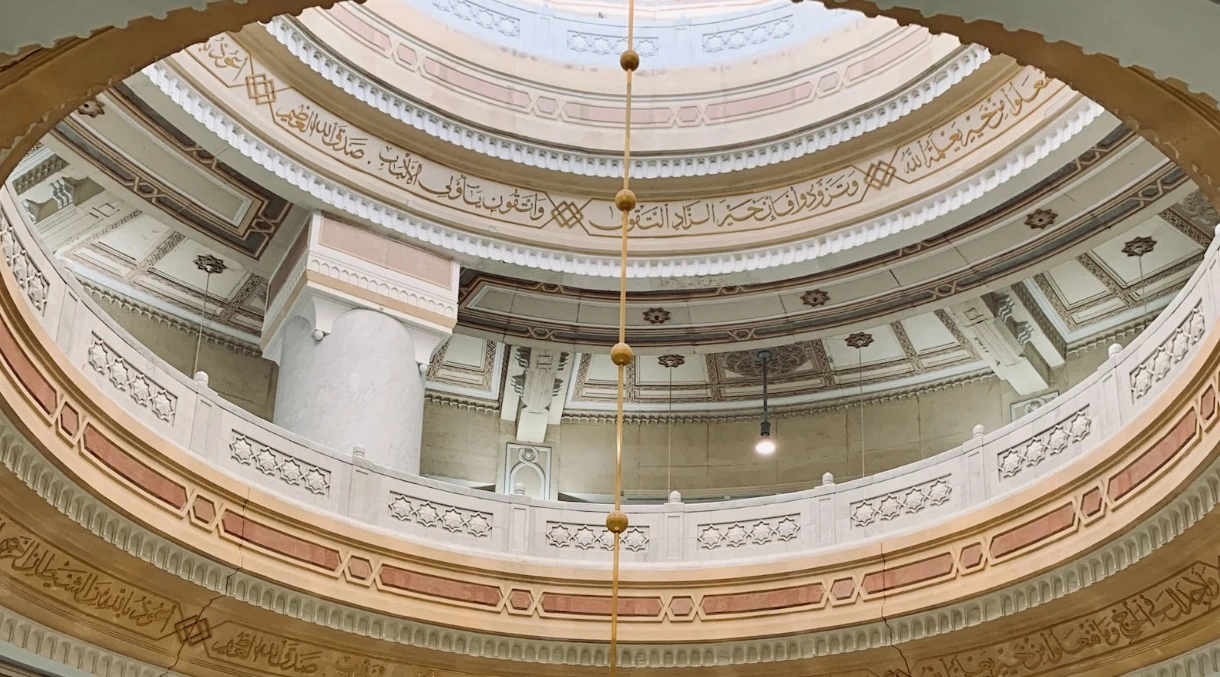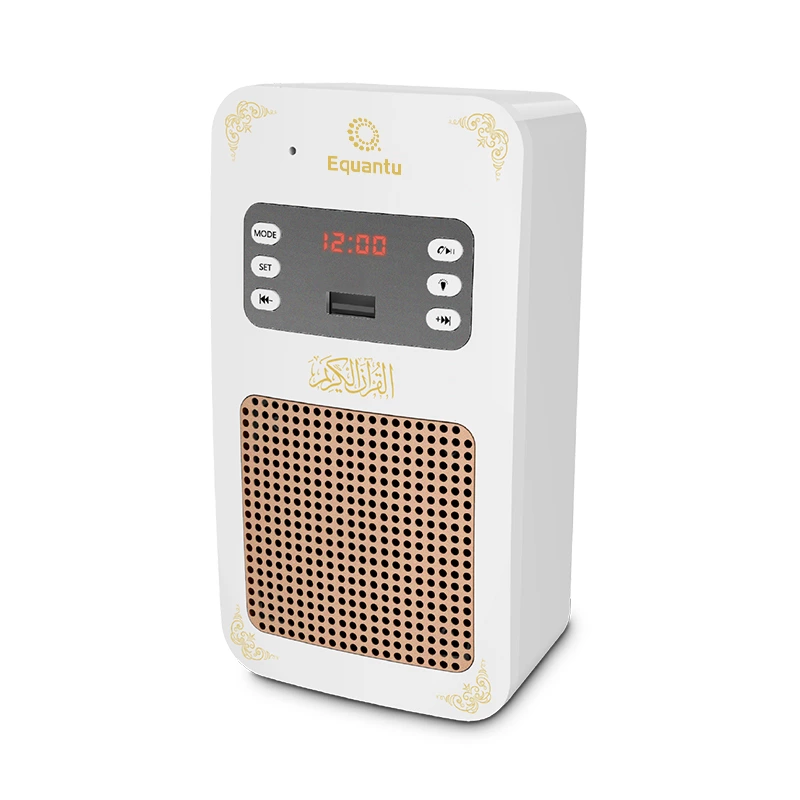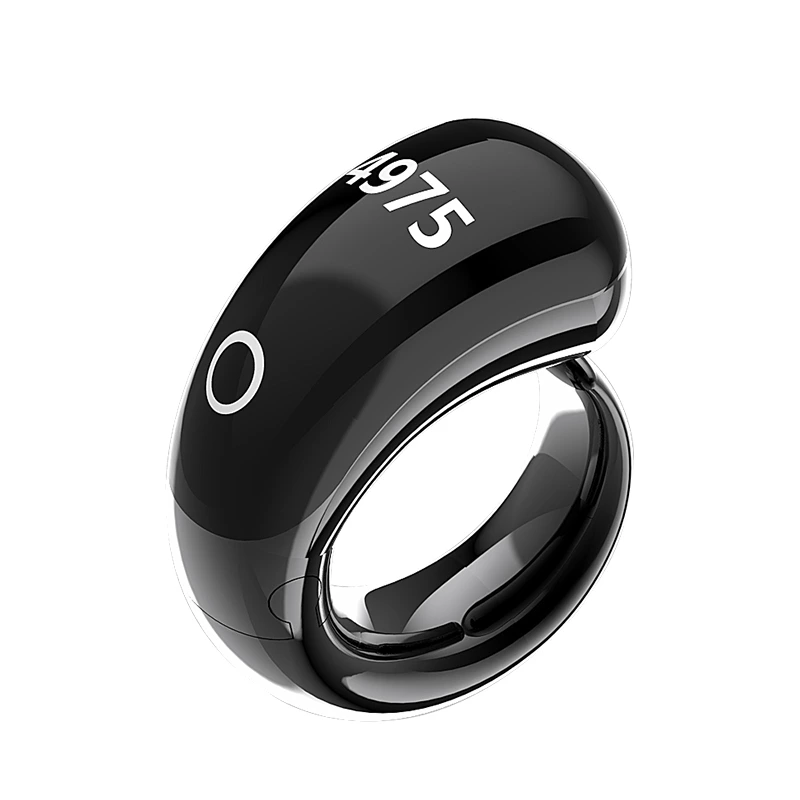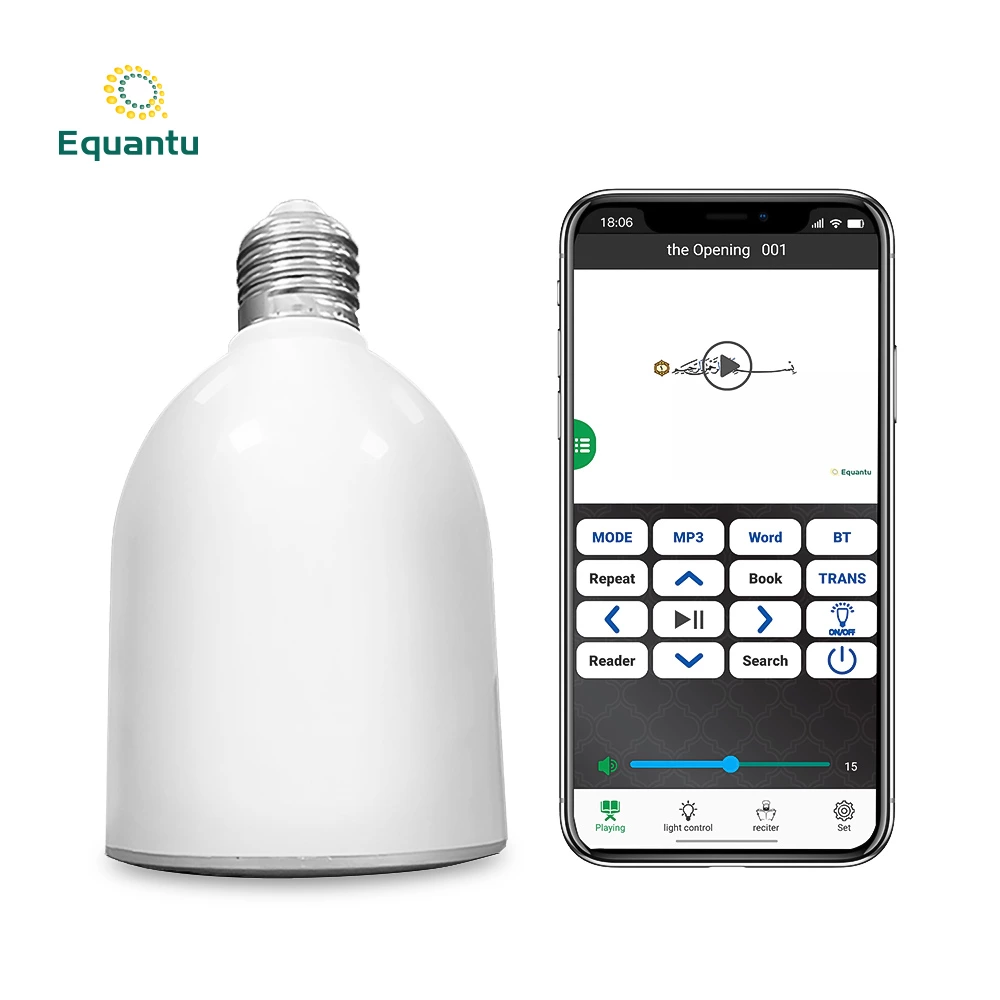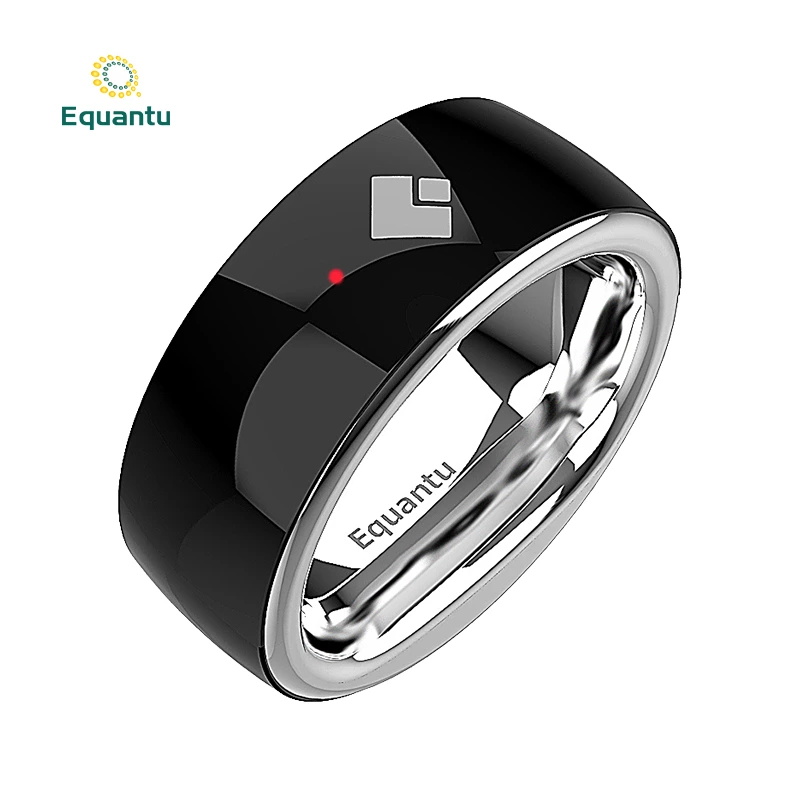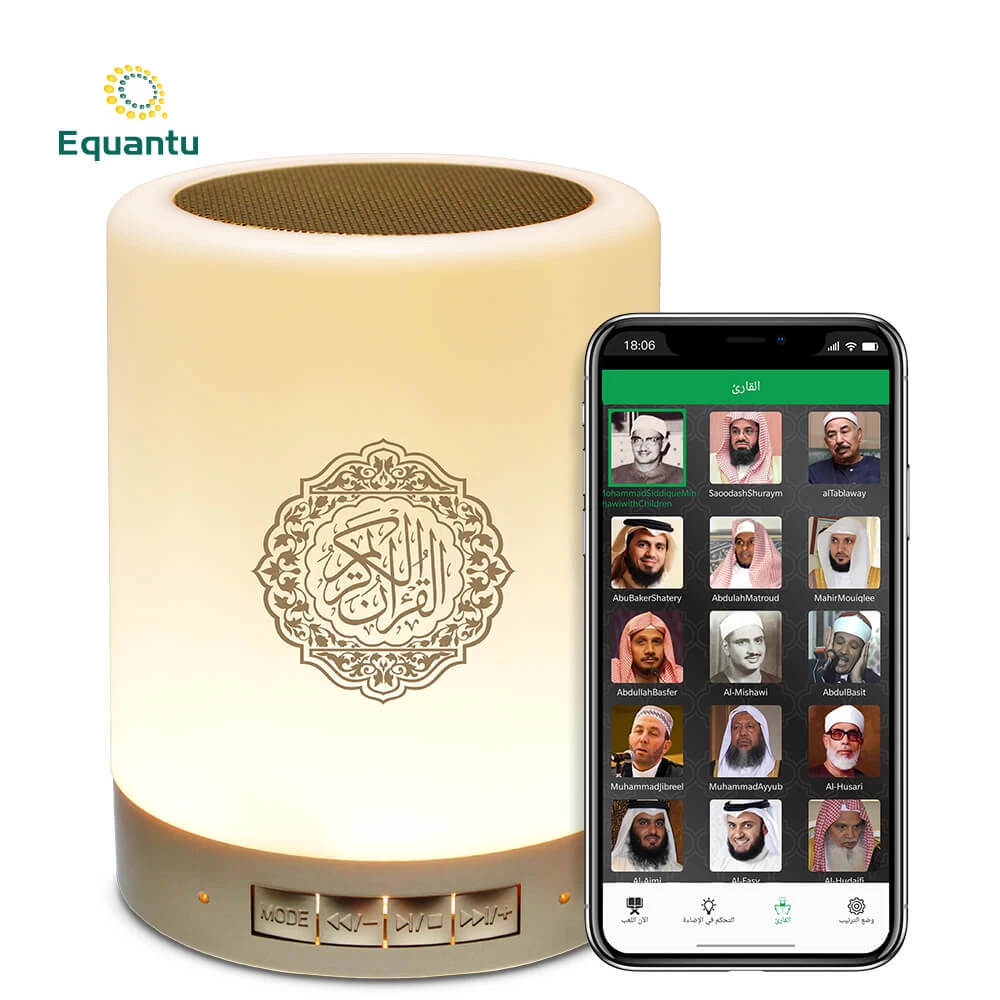Islamic Geometric Patterns in Contemporary Architecture
Modern architecture often incorporates Islamic geometric patterns to add elegance and cultural significance to buildings. These patterns are used in facades, interior decorations, and structural elements, creating spaces that resonate with both traditional and contemporary aesthetics.
Facade Design: Geometric patterns on building exteriors add visual interest and reflect cultural identity. Buildings like mosques, community centers, and even residential homes utilize these patterns to create a distinctive look.
Interior Decor: In interiors, Islamic geometric patterns adorn walls, ceilings, and floors, enhancing the aesthetic appeal and creating a serene environment conducive to reflection and worship.
Fashion and Accessories
The fashion industry has embraced Islamic geometric patterns, incorporating them into clothing, jewelry, and accessories. These patterns add a sophisticated and culturally rich element to contemporary fashion, allowing individuals to express their faith and artistic appreciation through their attire.
Clothing: Designers incorporate geometric patterns into fabrics, creating visually striking garments that blend tradition with modern fashion trends.
Jewelry and Accessories: Accessories like scarves, handbags, and even footwear feature intricate geometric designs, adding a touch of elegance and cultural significance.
Digital Media and Graphic Design
In the digital age, Islamic geometric patterns find new life in graphic design, web design, and multimedia art. Their symmetrical and repetitive nature makes them ideal for creating visually appealing graphics and user interfaces.
Web Design: Websites featuring Islamic geometric patterns offer a visually cohesive and culturally relevant aesthetic, enhancing user experience and engagement.
Digital Art: Artists use these patterns in digital illustrations, animations, and interactive media, pushing the boundaries of traditional Islamic art into the digital realm.
Everyday Objects and Home Decor
Islamic geometric patterns are seamlessly integrated into everyday objects and home decor, bringing beauty and cultural heritage into daily life. From furniture and lighting to ceramics and textiles, these patterns add a unique and elegant touch to living spaces.
Furniture: Chairs, tables, and other furniture pieces adorned with geometric patterns create a sophisticated and culturally rich environment.
Home Decor: Items like lamps, cushions, and wall art featuring Islamic geometric patterns enhance the aesthetic appeal of homes, making them both beautiful and meaningful.
Enhancing Modern Worship Tools
Modern worship tools such as Quran speakers and Zikr rings benefit greatly from the application of Islamic geometric patterns. These patterns not only enhance the visual appeal of the products but also infuse them with cultural and spiritual significance.
Quran Speakers: Featuring geometric patterns on Quran speakers adds a layer of elegance and cultural resonance. The intricate designs reflect the beauty of Islamic art, making the speakers not only functional devices but also beautiful objects of worship.
Zikr Rings: Zikr rings adorned with Islamic geometric patterns offer a stylish and meaningful accessory for daily use. The patterns symbolize the harmony and balance inherent in faith, making the rings both practical and spiritually significant.
Sustainable and Ethical Design
Incorporating Islamic geometric patterns into modern design also aligns with the principles of sustainability and ethical design. Many designers use eco-friendly materials and ethical production methods to create products that are both beautiful and responsible.
Eco-Friendly Materials: Using sustainable materials ensures that the production of geometric pattern-based designs has a minimal environmental impact.
Ethical Production: Ethical manufacturing practices respect cultural heritage and promote fair labor practices, ensuring that the creation of these designs supports communities and preserves traditions.
Conclusion
Islamic geometric patterns continue to inspire and influence modern design, bridging the gap between tradition and innovation. Their timeless beauty and mathematical precision make them versatile elements that enhance various aspects of contemporary life. By integrating these patterns into modern worship tools like Quran speakers and Zikr rings, designers honor the rich heritage of Islamic art while creating products that are both aesthetically pleasing and spiritually meaningful. The enduring appeal of Islamic geometric patterns ensures that they remain a vital and vibrant part of modern design, celebrating the harmony and beauty of Islamic culture in every aspect.
